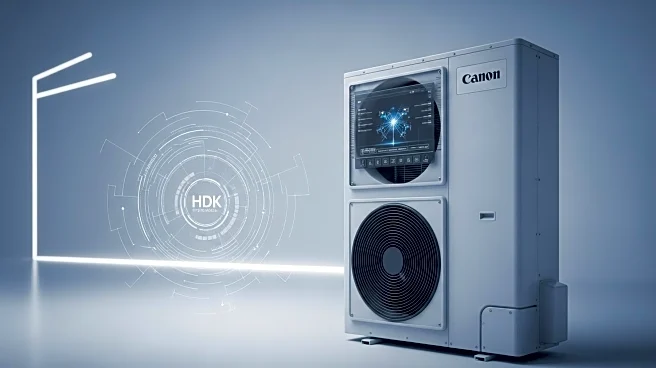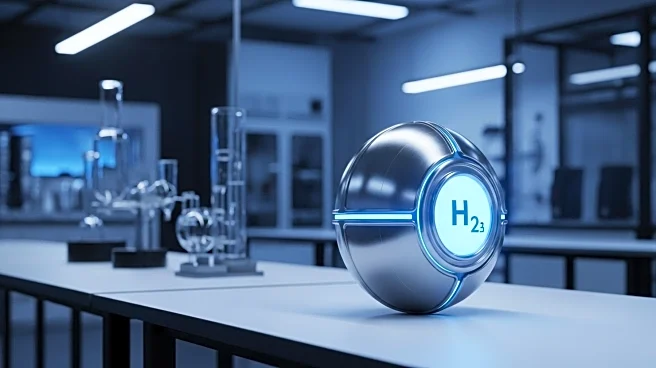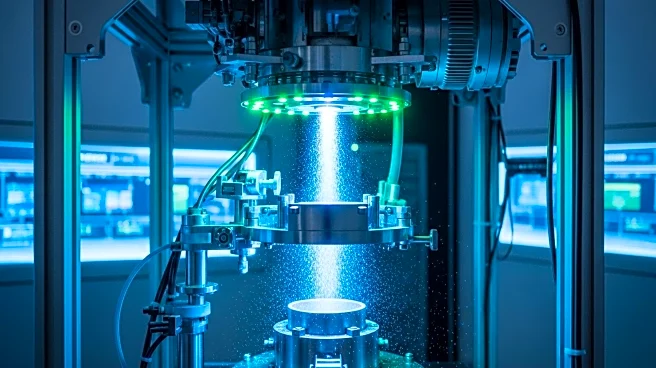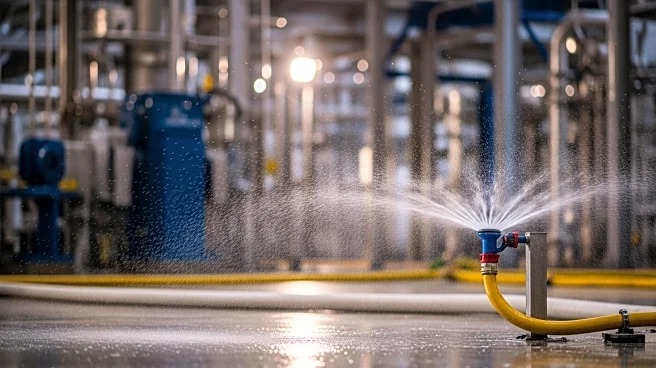What's Happening?
Quilt, a San Francisco-based startup, has introduced a significant update to its two-zone ductless heat pump system, enhancing its heating and cooling capacity by over 20%. This update, released in September 2025, increases the indoor units' output to 12 kBtu for cooling and 12.6 kBtu for heating, while the outdoor compressor's capacity rises to 24,000 BTU/hr for cooling and 25,200 BTU/hr for heating. The update was achieved through over-the-air (OTA) software enhancements, allowing the system to improve without any hardware changes. This approach mirrors the software-defined vehicle model, where updates enhance performance over time. Quilt's system, equipped with advanced sensors, allows for safe adjustments to compressor speeds and fan curves, ensuring increased capacity while maintaining safety.
Why It's Important?
This development is crucial as it represents a shift in the HVAC industry towards software-defined systems, which can be continuously improved post-installation. The update not only enhances the system's capacity but also aligns with broader trends in energy efficiency and decarbonization. Heat pumps are pivotal in reducing carbon emissions, being significantly more efficient than traditional gas furnaces. With states like California and Maine pushing for increased heat pump adoption, Quilt's innovation supports these environmental goals. The ability to enhance existing systems without new hardware also offers economic benefits, reducing the need for frequent replacements and fostering long-term customer trust.
What's Next?
Quilt plans to continue enhancing its systems with future updates, including efficiency optimization algorithms and new user-friendly modes. This ongoing improvement strategy could set a precedent for the HVAC industry, encouraging other manufacturers to adopt similar software-driven approaches. As regulatory changes push for low-GWP refrigerants and increased heat pump adoption, Quilt's model could become increasingly relevant. The company's approach may also influence policy discussions around energy efficiency and decarbonization, potentially leading to more supportive regulations and incentives for software-defined HVAC systems.
Beyond the Headlines
The shift towards software-defined HVAC systems raises important considerations around cybersecurity and data privacy. As these systems become more connected, ensuring they are secure from hacking and that user data is protected will be critical. Additionally, the ability to remotely update and enhance systems could lead to new regulatory challenges, requiring updated safety codes and standards. This evolution in HVAC technology also highlights the need for skilled technicians trained in modern systems, presenting both opportunities and challenges for the workforce.











